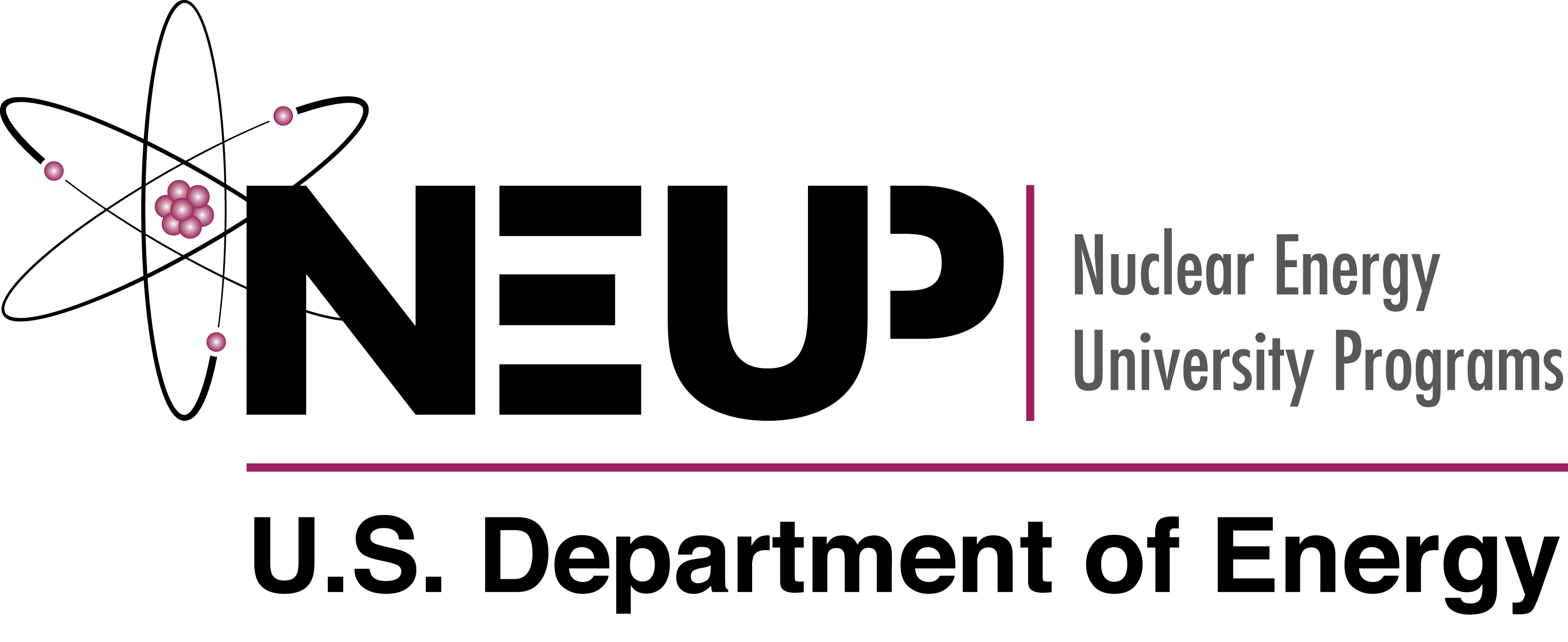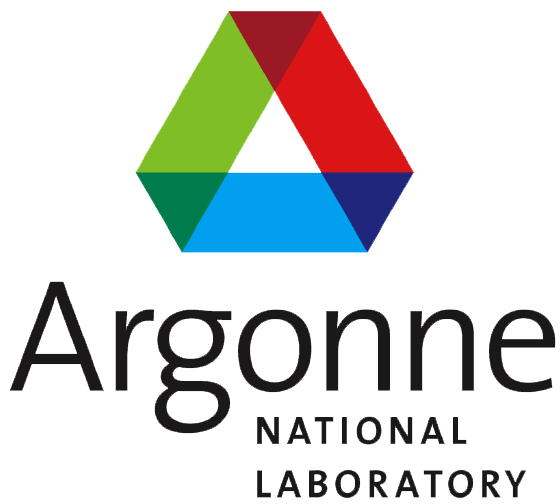Guide for Contributing to Cyclus¶
Cyclus has a number of projects under its umbrella. The core Cyclus project repository is located at http://github.com/cyclus/cyclus. Additional projects found at http://github.com/cyclus include :
Cycamore, the Cyclus additional module repository
Cymetric, the Cyclus metrics calculator
Rickshaw, the automated Cyclus driver
and more to come.
Although you do not have to register with GitHub to download and edit the code, if you desire your work to be integrated into the Cyclus mainline of development you must fork the cyclus core repository into your own GitHub account and submit ‘Pull Requests’. Here is a tutorial on getting and building cyclus.
Working on a Topic¶
Note that “upstream” repository refers to the primary `cyclus/cyclus` repository.
You may find or create an issue report in a Cyclus repository that you would like to solve.
You’ll first need to fork your repository and create a branch for the topic you’d like you solve. As you do your development, push only to your own fork. Make a pull request to the upstream repository (usually the “develop” branch) only after:
You have pulled the latest changes from the upstream repository.
You have completed a logical set of changes.
Cyclus compiles with no errors.
All tests pass.
Cyclus input files run as expected.
Your code has been reviewed by another developer.
Code from the “develop” branch generally must pass even more rigorous checks before being integrated into the “main” branch. Hotfixes would be a possible exception to this.
Keeping Your Fork Up To Date¶
Use a branching workflow similar to the one described at http://progit.org/book/ch3-4.html.
The “develop” branch is how Cyclus developers will share (generally compilable) progress when we are not yet ready for the code to become ‘production’.
Keep your own “main” and “develop” branches in sync with the upstream repository’s “main” and “develop” branches. The main branch should always be the ‘stable’ or ‘production’ release of Cyclus.
Pull the most recent history from the upstream repository “main” and/or “develop” branches before you merge changes into your corresponding local branch. Consider doing a rebase pull instead of a regular pull or ‘fetch and merge’. For example:
git checkout develop git pull --rebase upstream develop
As you do development on topic branches in your own fork, consider rebasing the topic branch onto the “main” and/or “develop” branches after pulls from the upstream repository rather than merging the pulled changes into your branch. This will help maintain a more linear (and clean) history. Please see caution about rebasing below. For example:
git checkout [your topic branch] git rebase develop
Passing Tests¶
To check that your branch passes the tests, you must build and install your topic branch and then run the tests built during that process.
For the Cyclus core, the tests are run using the CyclusUnitTestDriver (at
the moment, `make test` is insufficient). For example:
mkdir build
mkdir install
cd build
cmake ../src -DCMAKE_INSTALL_PREFIX=../install
make
make install
../install/cyclus/bin/CyclusUnitTestDriver
In Cycamore, the additional module repository, the tests are run in an exactly analogous way, but using the CycamoreUnitTestDriver. For example
mkdir build
mkdir install
cd build
cmake ../src -DCMAKE_INSTALL_PREFIX=../install
make
make install
../install/cycamore/bin/CycamoreUnitTestDriver
In addition to the CycamoreUnitTestDriver, a suite of input files can be run and tested using the run_inputs.py script that is configured, built, and installed with Cycamore. It relies on the input files that are part of your Cycamore repository, and only succeeds for input files that are correct (some may have known issues. See the issue list in Cycamore for details.) To run the example input files,
python ../install/cycamore/bin/run_inputs.py
Making a Pull Request¶
When you are ready to move changes from one of your topic branches into the “develop” branch, it must be reviewed and accepted by another developer.
You may want to review this tutorial before you make a pull request to the develop branch.
Sometimes, your pull request will be closed by the reviewer until further changes are made to appease the reviewer’s concerns. This may be frustrating, but please act rationally, discuss the issues on the GitHub space made for your pull request, consult the style guide <style_guide>, email the developer listhost for further advice, and make changes to your topic branch accordingly. The pull request will be updated with those changes when you push them to your fork. When you think your request is ready for another review, you can reopen the review yourself with the button made available to you.
Changelog¶
Pull requests will often have CHANGELOG entries associated with. However, to avoid excessive merge conflicts, please follow the following procedure:
Go into the
news/directory,Copy the
TEMPLATE.rstfile to another file in thenews/directory. We suggest using the branchname:$ cp TEMPLATE.rst branch.rst
Add your entries as a bullet pointed lists in your
branch.rstfile in the appropriate category. It is OK to leave theNoneentries for later use.Commit your
branch.rst.
Feel free to update this file whenever you want! Please don’t use someone
else’s file name. All of the files in this news/ directory will be merged
automatically at release time. The None entries will be automatically
filtered out too!
Reviewing a Pull Request¶
Build, install, and test it. If you have added the remote repository as a remote you can check it out and merge it with the current develop branch thusly,
git checkout -b remote_name/branch_name git merge developLook over the code. The next page <pr_review> details what to look for while reviewing.)
Check that it meets our style guidelines.
Make inline review comments concerning improvements.
Accept the Pull Request
In general, every commit (notice this is not ‘every push’) to the “develop” and “main” branches should compile and pass tests. This is guaranteed by using a NON-fast-forward merge during the pull request acceptance process.
The green “Merge Pull Request” button does a non-fast-forward merge by default. However, if that button is unavailable, you’ve made minor local changes to the pulled branch, or you just want to do it from the command line, make sure your merge is a non-fast-forward merge. For example:
git checkout develop git merge --no-ff remote_name/branch_name -m "A message""
See also¶
A good description of a git workflow with good graphics is available at http://nvie.com/posts/a-successful-git-branching-model/





